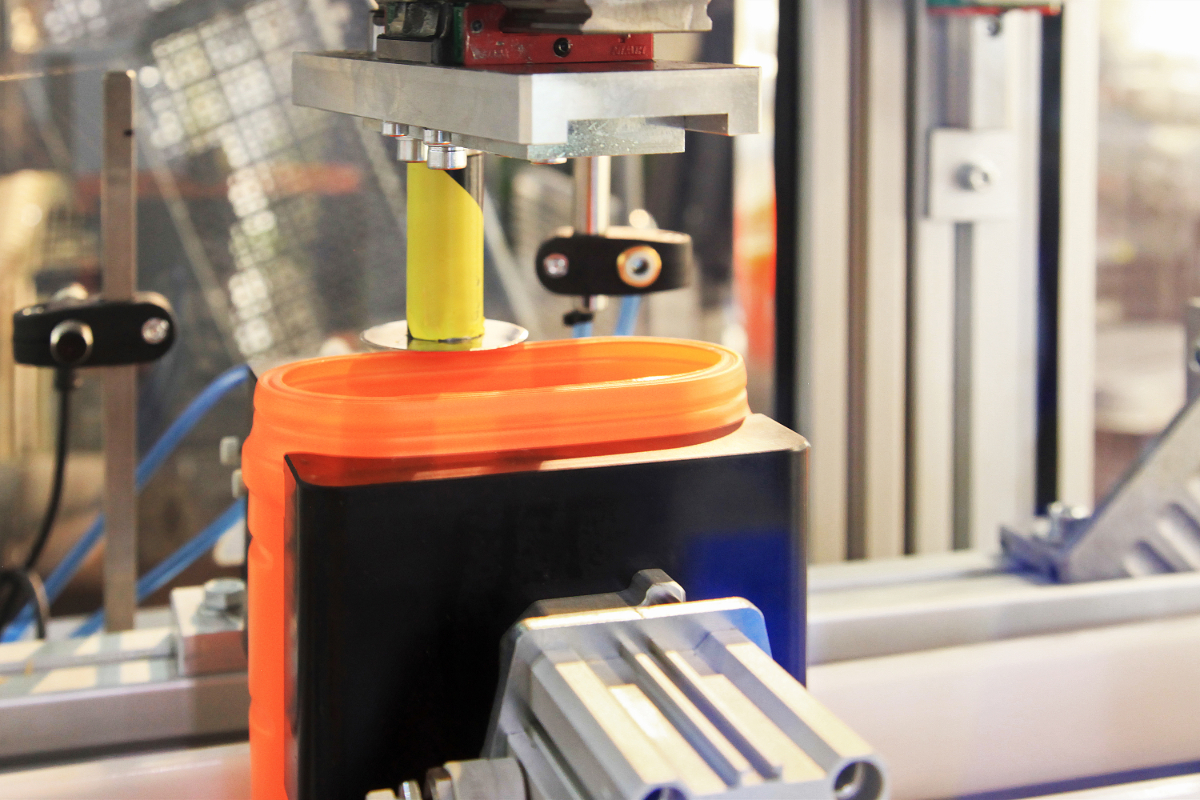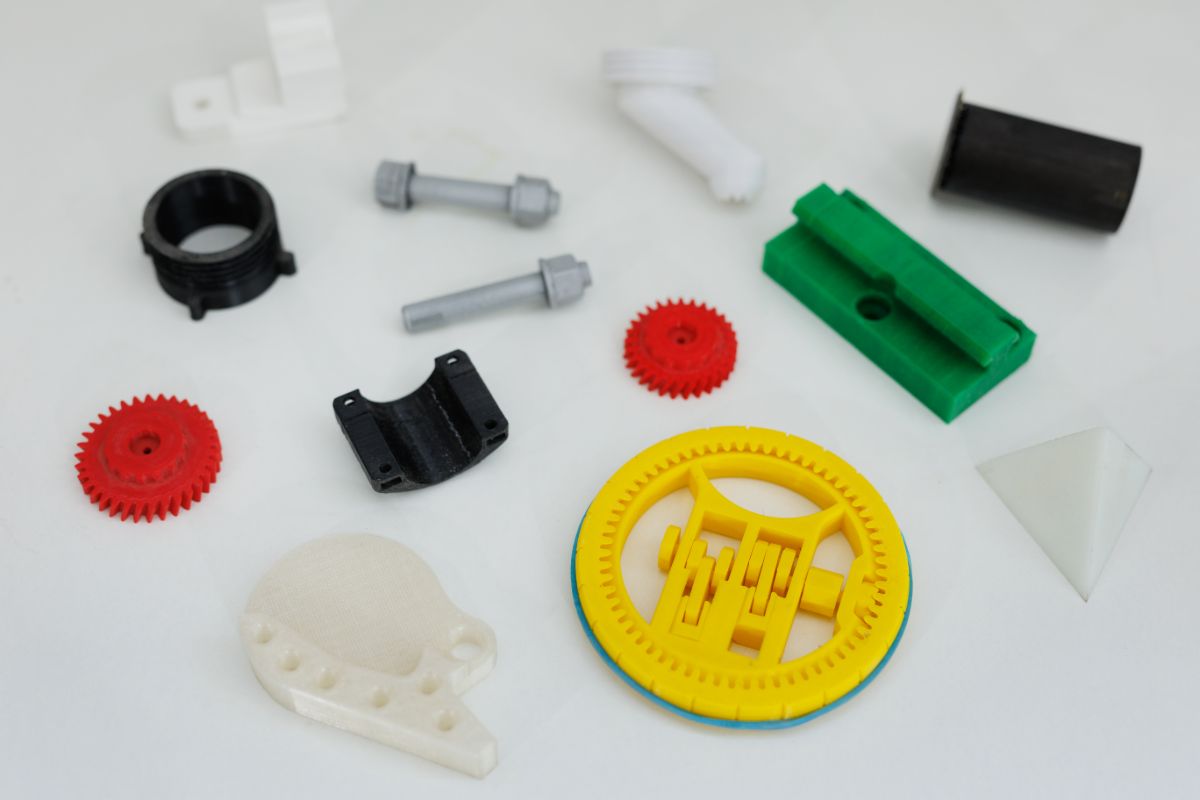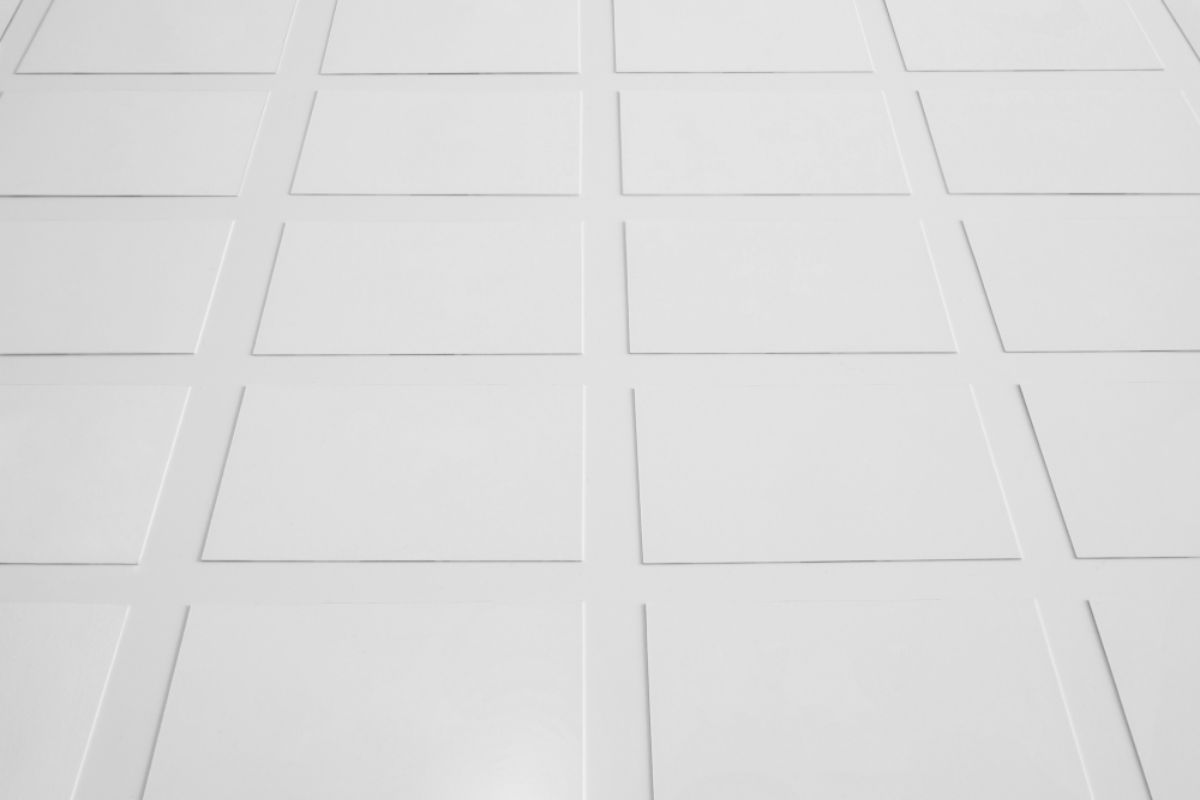What tooling tips for injection molded parts should I follow?
- Figure out what polymer you’ll use
- Know which machines you’ll use
- Specify everything you want in the design
- List out your expectations
- Run samples to improve quality
Creating plastic parts begins with the mold — which is where a plastic mold maker comes in.
This is a difficult process as every injection molding project is unique, and therefore poses unique specifications and problems. Several factors go into tooling a mold that engineers and designers have to account for.
So if you’re looking to get things done right, here are our top tooling tips for injection molded parts — these will ensure you get the perfect, precision part.
What is tooling in injection molding?
Tooling is the heart of injection molding — without it, the quality of your mold can’t be ensured. Tooling design is a must in all kinds of plastic molding, be it complex or simple parts.
The main goal of tooling and tooling design is to create a mold with manufacturability. This requires a molding process that is simple, efficient, long-lasting, easy to use and maintain, and meets all design specifications.
Injection molders are often expert tooling designers and toolmakers, as this is what enables them to create top-quality parts with consistently tight tolerances and repeatable dimensions.
Here are a few things you’ll need to figure out when working with your injection molder in designing your tooling:
Figure out what polymer you’ll use
The tool and the molding process depend largely on the type of polymer or plastic you’re planning on using. Having a rough idea of what material you’ll use for your product (or at least have a shortlist of your options) will greatly help your injection molding partner in determining the appropriate design of your tooling.
Different polymers will have different flow rates. Some polymers are less free-flowing and tend to shrink less, while other polymers will be the opposite. If you have tooling designed for one polymer and then suddenly switch to a different one, then that will require some reworking of the tool to better suit the new material.
While it might be difficult to narrow down your choices, it’s a good idea to consult your injection molding partner on the matter. They’ll likely have a few good recommendations to make regarding your material selection.
Know which machines you’ll use
You might decide to run your tooling in-house while outsourcing design and manufacture to an injection molder. If so, you’ll have to know which machines you’ll be using the tool on. It isn’t essential but it’s a good practice to follow to ensure the tool is compatible with all the machines in your process.
This is especially true if you’re looking to have special features worked into your toolings, such as core-pulling or two-shot molding. These tools will be harder to rework if you suddenly change your specifications mid-way through tool manufacturing. If you’re unsure of what machines to use for your product, always consult your injection molding partner — they’ll provide valuable insight on what machines best fit your application and tooling requirements.
Specify everything you want in the design
Be detailed about everything you want for your finished products or parts. This is the best way to make sure your tooling is optimized for your design.
Describe in intimate detail the function of each part, how the parts will fit together, and so on. These details will also help your toolmaker and injection molding partner in quality assurance — ensuring these tools will create a product that makes that part how you want it.
If you miss out on details, you may end up with huge costs to accommodate last-minute, minor tweaks because the tools don’t mold the part correctly.
List out your expectations
Aside from your design and specifications, be very clear about your expectations. Namely, what do you expect from the injection molding tools you’re having made?
This includes the expected lifetime and production run, which will determine what material your tooling is made from. Generally, toolmakers will recommend using steel molds, which are pretty hardy and can last for a long time. Many steel tools can run well over 10 years, given the right design and maintenance.
But, the more demanding your expectations are, expect that the cost of your tooling will rack up. Your toolmaker will likely recommend higher grades of steel to fit your application. Choosing the right grade also depends on several factors, such as the polymer you’re using, your tooling budget, and so on.
Be sure to discuss this in length with your injection molding partner — their team should also be able to walk you through each factor and each possible material you can use to make your mold.
Run samples to improve quality
The most crucial thing to ensuring tooling quality is running samples. Ask your tooling partner if they can create sample molds, which will be used in prototyping and test runs for your plastic parts.
Doing this will determine if any adjustments need to be made to the mold design, parameters, or material selection. Having these problem areas discovered and resolved earlier on will help you avoid any costly reworking of tooling and design — saving you plenty of time and money in the long run.
If there are any quality issues, your injection molding partner will be able to determine the probable causes, and figure out how to resolve them. Then, they will re-sample the molds until they are certain the tools will be able to meet your expectations and quality standards.
Key Takeaway
If you want a high-quality injection molded part, then you have to pay strict attention to your tooling. It’s important to get things right the first time around — so follow our tooling tips for injection molded parts to avoid mistakes and create the perfect plastic products.
That being said, these tips won’t work unless you partner with the best. At Richfields, our tooling engineers tap into their decades of design experience to create tooling solutions for various industries. Our team is capable of providing premium service at every step of the tooling process. Message us today to learn how we can help you with your plastic project.













